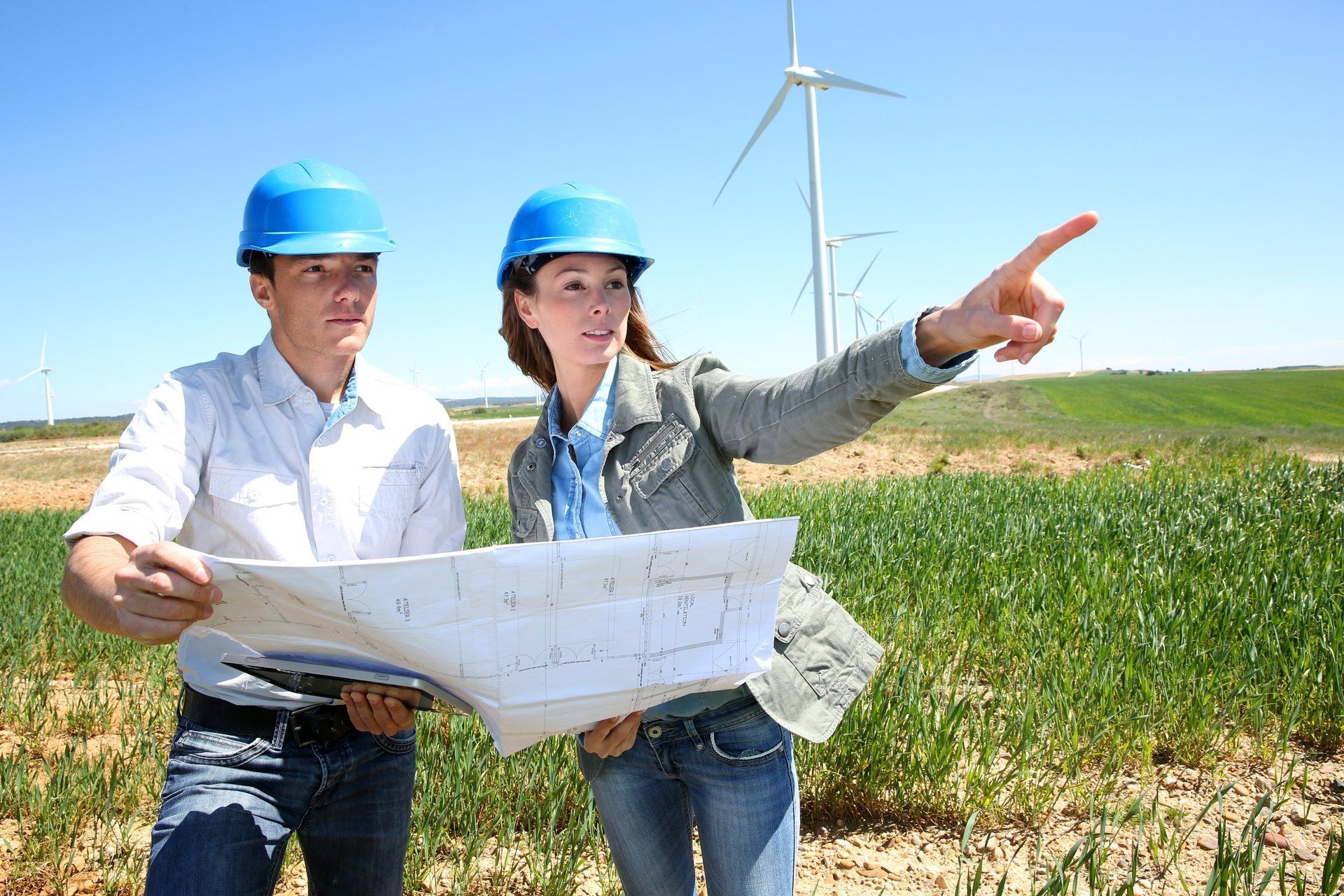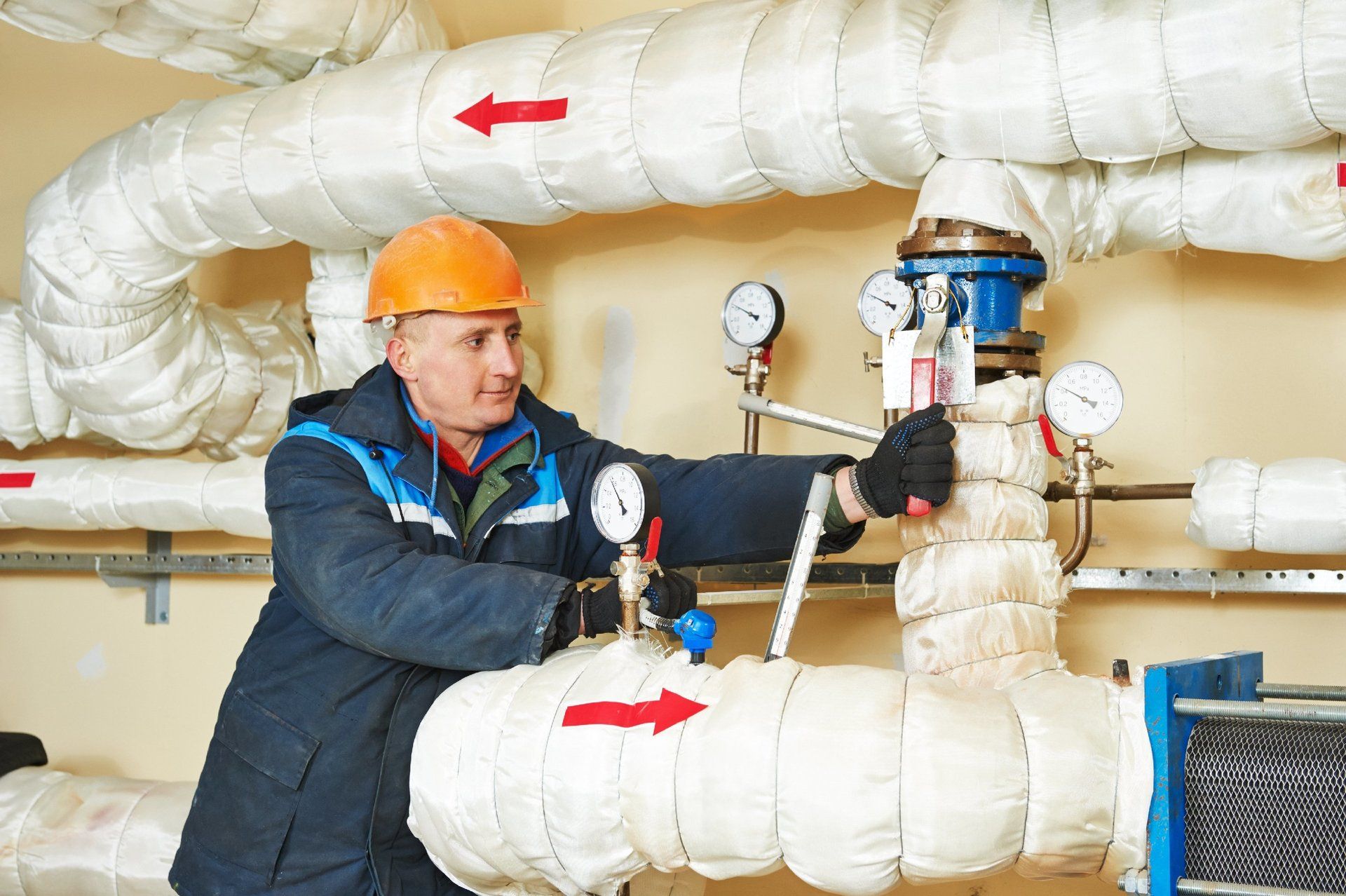SPECIAL FEATURE: MULTI-STAGE BIOGAS PLANTS
Highly efficient and also suitable for the fermentation of fibrous materials.
A multi-stage biogas plant with a hydrolysis stage consists of several tanks in which organic materials are fermented under anaerobic conditions to produce biogas. The hydrolysis stage is the first stage of the process in which the starting material is broken down by enzymes into smaller molecules such as sugars, fatty acids and amino acids.
One other stage is the receiving pit, where the feedstock such as liquid manure, manure, organic waste or energy crops is stored. In this phase, the material is crushed and homogenized to allow for better mixing and more effective fermentation.
The next stage is the hydrolysis stage, where the homogenized material is hydrolyzed in one or more tanks. At this stage, enzymes are added that break down the organic materials and break them down into smaller molecules that are more readily available for fermentation by bacteria. This stage increases the effectiveness of biogas production and speeds up the fermentation process.
The third stage is the fermentation stage, in which the hydrolyzed material is fermented in one or more fermenters under anaerobic conditions. The material is broken down by anaerobic bacteria and converted into biogas. This stage can also be divided into multiple stages to increase the efficiency of biogas production.
The final stage is biogas upgrading, where the biogas produced is cleaned and upgraded for use as fuel or for other purposes such as power generation or feed into the gas network.
A multi-stage biogas plant can be equipped with various additional components such as fat separators, drying or separation systems, heat exchangers and digestate storage systems, depending on requirements and the materials used, in order to optimize the process and achieve greater efficiency.
OUR SERVICES

PLANNING AND CONSULTING
HOVEX supports the customer in the planning and development of a biogas plant, including site selection, dimensioning and plant configuration.
DELIVERY OF TECHNOLOGY
HOVEX also supplies individual components and technologies such as biogas generators, gas storage and gas cleaning systems.

CONSTRUCTION
HOVEX takes on the construction and installation of the biogas plant, including all necessary systems such as fermenters, gas cleaning and power generation.
TRAINING
HOVEX offers training and education for customers to optimize the use of the plant and reduce operating costs.

MAINTENANCE AND REPAIR
HOVEX offers maintenance and repair services to ensure optimal performance of the system. This includes regular inspections, repairs and maintenance work.
ADVICE ON REGULAT. REQUIREMENTS
HOVEX offers consulting services on regulatory requirements and regulations to ensure the facility meets all applicable environmental and safety standards.
THE IMPLEMENTATION

LOCATION REVIEW
First of all, it must be checked whether the planned location is suitable for a biogas plant. Criteria such as the availability of raw materials, the distance to residential areas or nature reserves, soil conditions and geological conditions must be taken into account. .
WASTE DISPOSAL PLAN
A waste disposal plan must also be drawn up that describes how the waste generated during the operation of the biogas plant will be disposed of.

APPROVAL PROCESS
Depending on the size and type of the biogas plant, various permits and approvals from authorities and other bodies are required. This includes building permit, environmental permit, water permit and possibly other approvals from local and state authorities.
SECURITY CONCEPT
A safety concept that describes the possible dangers and risks that can emanate from the biogas plant must be drawn up.

PREPARATION OF PLANS
Various plans must be drawn up as part of the permitting process, including a drainage plan, a construction and operations plan, a fire protection plan and an environmental plan.
.
LOCAL REGULATIONS
All local regulations and restrictions that may apply to the operation of the biogas plant must also be taken into account.


